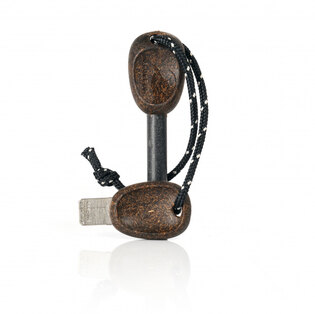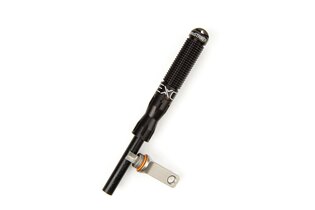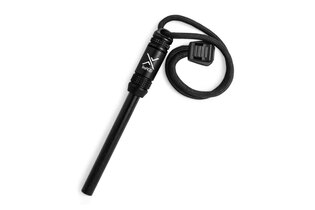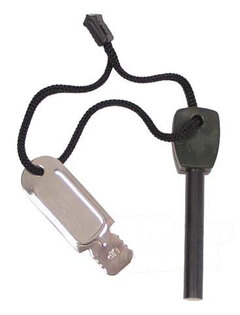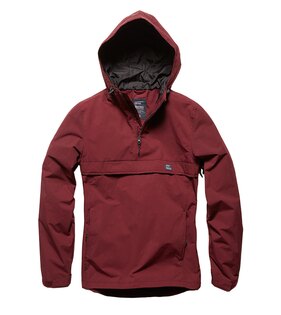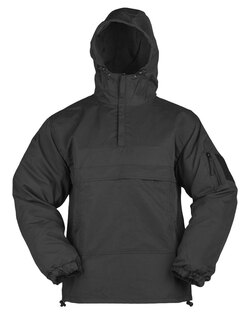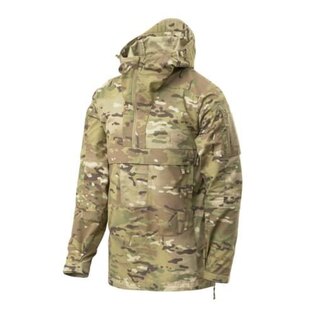How to protect a fire from strong wind?
Winter is slowly coming and it brings the typical dreary weather. Lighting a fire is be relatively easy with some certain skills, but protecting it against strong winds can be a bit more complicated. We'll give you some tips on how to protect your fire and stay warm even in a windy weather!
Lighting fire is one of the most essential survival skills. Fire can cook our food and warm our drink in cold weather while outdoors, keep us warm, dry soaked clothes and shoes, and repel unwanted predators in the wild. Fire is a gift that we should protect in any weather, as it is often one of the tools for survival! This is especially true in autumn and winter when outdoor temperatures drop significantly.
Every true bushcrafter knows well how to start a fire and keep it "alive." And those who do not know should take the time to read this article, which can be very beneficial in the future. You never know when you might find yourself in a difficult situation and have to fight for survival!

Every true bushcrafter should know how to start a fire and keep it "alive."
Damp conditions
It's almost winter and everyone knows well that it brings not only more frequent rains but also stronger winds that can be quite a challenge. The key is knowing how to actually start a fire in damp conditions. Due to the rains, the ground is soaked with water and it's much wetter than it is during the summer. It's clear that moisture doesn't exactly go hand in hand with fire, so let's first go over a few principles that must be followed when starting a fire in autumn.
The first essential thing is the right equipment! It never hurts to use already purchased fire starters and other materials for successfully starting a fire. Such tools take up almost no space in your backpack and can significantly ease the work of starting a fire with damp and wet wood, which is not a rare occurrence in autumn. However, if you don't have fire-starting material with you, you can collect it along the way. Think about tinder in advance so it has enough time to dry before you camp.
Alternatively, look for kindling material under coniferous spruce trees, which can keep the underbrush dry with their branches. Surprisingly, birch bark also burns well, even if it's wet, and still catches alight easily. Don't forget something to ignite the fire. A quality lighter will certainly be better than matches, although both will work to ignite tinder. For true bushcraft enthusiasts, remember to pack your favorite fire steel! Handsaws or knives and machetes will also be essential tools for chopping wood, allowing you to make kindling and split wood in reserve.
We've covered the equipment. Now it's time to start the actual process of lighting a fire in wet conditions. It's always necessary to create a good setup for the fire. The best way is to dig a small, not too deep hole. By removing the top layer, we get rid of the wettest soaked soil. This provides us with a foundation for the fire pit. The second important task is to find the driest wood possible. This can sometimes be a superhuman effort in the autumn.
However, there are still places where you will certainly find drier pieces. Again, rely on spruce trees, under whose long branches you can find dry pieces of wood. The dense branches protect those fallen pieces from dampness and moisture. Thus, in the forest, this is the best chance to find the driest wood for kindling!
Starting a fire
When we have both the tinder and wood ready, the next step is starting the fire. First, it's necessary to properly organize the firepit. Arrange the tinder you have available as close together as possible to increase the chances of igniting the surrounding wood. The wood itself needs to be well arranged. You can best use one of the known types of firepits. Choose the type of firepit organization carefully, exactly according to what it will be primarily used for. You can choose from the classic pyramid, the popular pagoda, and other types of firepits that are suitable, for example, for cooking.
Once we have the firepit well arranged and selected the best and driest pieces of wood for the initial ignition, we can proceed. Of course, it's necessary to ignite the tinder and avoid any counter wind that could hinder your efforts to start the firepit. Also, don't forget about proper blowing. Fire needs oxygen. Initially, blow briefly and frequently. Gradually increase the intensity of your blowing. Once the tinder and surrounding wood ignite well, you've succeeded!

When we have both the tinder and wood ready, the next step is starting the fire. First, it's necessary to properly organize the firepit.
And what about the wind?
When the fire is successfully started, problems can arise with the wind, which is common in autumn and winter. To keep the fire burning as long and as efficiently as possible, there are a few tricks. Of course, it is necessary to regularly add wood from the supply. This will strengthen the fire and prevent the wind from easily blowing it out. It is important to maintain the schedule for adding wood even during the night. If you have damp and wet wood in stock, definitely dry it near the fire pit. This way, you won't face problems later on with insufficient dry wood.
Choosing a suitable camping spot is also crucially important! If the weather is very windy, you definitely shouldn't start a fire in close proximity to the forest as there is a higher risk of fire. An ideal location is, for example, a rock overhang that will protect both you and your fire pit from wind gusts! If there is no rock overhang in your vicinity, you can create your own protective barriers. Large boulders and wood can be used to build a screen.
Look for anything that could at least somewhat affect the strong wind. Even felled tree trunks can serve as windbreaks! Surround the fire pit with stones arranged around it. Be cautious of wet stones that could crack from the fire's heat and pose a danger of injury! These stones will prevent the fire from spreading and also offer some protection from windy weather.
Someone might think that starting a fire is a breeze. However, under unfavorable conditions and with poor equipment, this might not be entirely true! If you're heading out for a stay in nature, definitely think in advance about such an important thing as a fire! Don't forget the right equipment to start it, and we believe that thanks to this article, you'll be able to start a fire and keep it burning even in very windy conditions!
Readers are further interested





































































































































